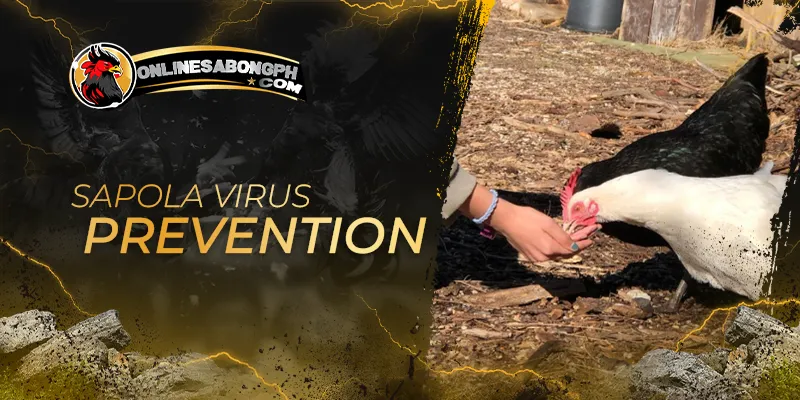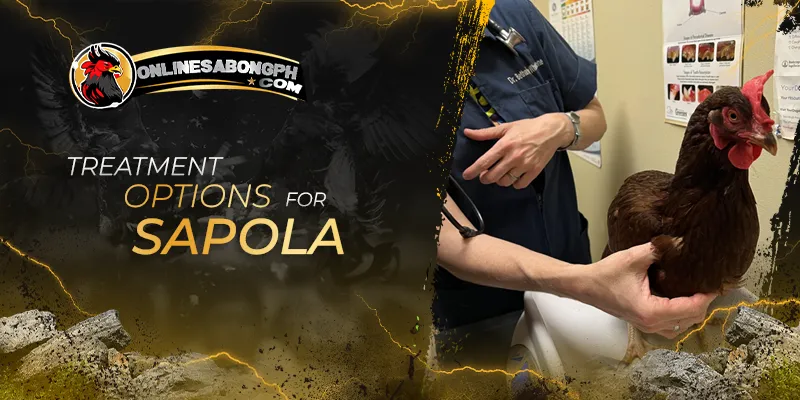Level up your rooster care with these simple strategies for conditioning and sapola prevention. Healthy, strong roosters are the key to a successful flock! Conditioning is like a workout plan for your roosters, helping them build muscle and stay lean. To outsmart sapola, a condition that can make them unhealthy, focus on keeping their environment clean, feeding them a balanced diet, and watching for any signs of illness. Think of these strategies as your secret tools for happy, healthy roosters.
Purpose of Rooster Conditioning
Rooster Conditioning
Rooster conditioning is a holistic practice focusing on nutrition, exercise, and health monitoring to improve a rooster’s well-being, strength, endurance, and fighting ability. It goes beyond simple physical training, requiring careful balance in all aspects.
Key Elements of Rooster Conditioning
Nutrition A balanced, high-quality diet is the foundation of any conditioning program. This includes a mix of grains, seeds, proteins, vitamins, and minerals tailored to the rooster’s age, breed, and activity level. Supplements may also be used to enhance specific aspects of health and performance.ExerciseRegular exercise is crucial for building muscle mass, increasing cardiovascular fitness, and refining fighting techniques. This could include:
- Sparring: Controlled practice fights with other roosters.
- Scratching: Digging in the dirt or other substrates to promote leg strength.
- Flying exercises: Encouraging short flights to improve wing muscles.
- Roadwork: Short runs or walks to build endurance.
Health Monitoring Regular check-ups and observation are vital for early detection of injuries or illnesses. Monitoring weight, energy levels, and overall appearance provides valuable insights into the rooster’s health.EnvironmentA clean, spacious, and stimulating environment is essential for physical and mental health. Protection from predators, extreme weather, and stress are also important factors.
Historical Context and Modern Practices
Rooster conditioning has a long history linked to cockfighting, but modern practices are changing. There’s a growing emphasis on ethical treatment and tailoring conditioning for purposes like breeding or exhibition. Advances in animal science and veterinary care offer better ways to keep roosters healthy and fit.Important Considerations:
- Ethical Implications: The ethical dimensions of rooster conditioning are complex. Cockfighting remains controversial in many areas, highlighting the need for responsible handling and humane practices regardless of the intended use of the animal.
- Individual Needs: There’s no one-size-fits-all approach. Conditioning must be adjusted based on the rooster’s breed, age, and specific goals.
- Professional Guidance: Consulting an experienced poultry specialist or veterinarian can help develop a safe and effective program that prioritizes the rooster’s well-being.
Recognizing and Preventing Sapola in Roosters
Sapola is a term used in the Philippines to describe a condition in roosters characterized by excess fat accumulation. This can have significant negative impacts on a rooster’s health and performance.
Rooster Sapola Virus
Symptoms of Sapola:
- Lethargy: Roosters with sapola appear sluggish and less active.
- Reduced Appetite: They may show less interest in food.
- Poor Feather Condition: Feathers may be dull, ruffled, or even lost.
- Other Potential Signs: Decreased fertility, respiratory issues, and overall decline in health.
Causes of Sapola:Sapola can be caused by a combination of factors:
- Poor Nutrition: Diets that are too high in carbohydrates and low in protein can lead to fat accumulation.
- Lack of Exercise: Roosters need regular exercise to burn calories and maintain good health.
- Parasites: Internal and external parasites can drain a rooster’s energy and interfere with nutrient absorption.
- Bacterial Infections: Certain bacterial infections can affect metabolism and overall health, leading to sapola.
- Genetics: Some breeds may be more prone to developing sapola.
Prevention Strategies:
- Balanced Diet: Provide a high-quality, balanced diet rich in protein and essential nutrients. Limit excessive amounts of carbohydrates.
- Regular Exercise: Ensure roosters get plenty of opportunities to move around, scratch, and fly (if possible).
- Parasite Control: Implement deworming and external parasite control measures.
- Health Monitoring: Observe roosters regularly for any signs of sapola or other health issues.
- Veterinary Consultation: Seek veterinary advice if sapola is suspected or for preventive care recommendations.
Important Note: If you’re concerned about sapola in your rooster, consult a veterinarian for proper diagnosis and treatment recommendations.
Guide to Sapola Prevention
Sapola Virus Prevention
Preventing Sapola in roosters requires a multi-faceted strategy to enhance their overall health and reduce the risk of excess fat buildup. Key areas of focus are:
Disease Prevention
Vaccination – Consult your veterinarian about necessary vaccinations to protect against diseases that can weaken the immune system and make roosters vulnerable to Sapola.Biosecurity – Implement strict biosecurity measures to minimize disease spread:
- Quarantine new birds before introducing them to the flock.
- Limit visitors and ensure they follow proper hygiene protocols.
- Control pests (rodents, insects) that can act as disease carriers.
Sanitation – Maintain a clean and hygienic environment for your roosters:
- Regularly remove droppings and soiled bedding.
- Provide clean, fresh water at all times.
- Thoroughly clean food and water containers.
Nutrition – Provide a balanced, high-quality diet:
- Focus on protein and essential nutrients for strong immune function.
- Limit grains and other high-carbohydrate feed that can lead to fat accumulation.
- Consult an avian nutrition specialist if needed.
Regular Observation – Monitor your roosters for early signs of Sapola (lethargy, reduced appetite, poor feathering) or other health problems. This enables early intervention and better outcomes.
Treatment Options for Sapola
Sapola Treatment
While prevention is the primary goal, it’s important to be aware of treatment options if Sapola develops:
- Veterinary Intervention: Consult your veterinarian for a proper diagnosis and treatment plan. This may involve addressing underlying health conditions, medication, and dietary changes.
- Dietary and Management Adjustments: Reducing caloric intake and increasing exercise are often recommended, alongside veterinary guidance.
Conditioning and Sapola Prevention
A well-conditioned rooster is more resilient and better able to resist diseases, including those that contribute to sapola. There’s a clear link between a healthy conditioning program and preventing this condition:
- Strong Immune System: Regular exercise and proper nutrition are key parts of conditioning that boost a rooster’s immune function. This helps them fight off infections that might otherwise weaken the body and lead to sapola.
- Metabolic Efficiency: Conditioning promotes a healthy metabolism, making the rooster better at utilizing food for energy rather than storing excess fat.
- Overall Health: A conditioned rooster is typically more active, has better feather condition, and is generally less susceptible to health problems that can contribute to sapola.
A Holistic Approach to Poultry Care
Conditioning and sapola prevention highlight the importance of seeing poultry care holistically. Instead of isolated tasks, we should consider how these areas intertwine:
- Responsible Poultry Management: Caring for roosters goes beyond feeding and housing. It means creating conditions that support their health, strength, and well-being, reducing the risk of issues like sapola.
- Rewarding Experience: Healthy, well-conditioned roosters are more likely to thrive, making poultry keeping more enjoyable and demonstrating our commitment to their welfare.
Conclusion
Mastering rooster conditioning and sapola prevention is no small feat, but with the right knowledge and commitment, it’s certainly achievable. Remember, the health of your roosters is a reflection of the care and effort you put into their management. By adopting the practices outlined in this guide, you’ll not only enhance the well-being of your roosters but also enrich your experience as a poultry keeper.For more information, visit us at onlinesabongphil.com. We have more rooster care tips to share with you!




